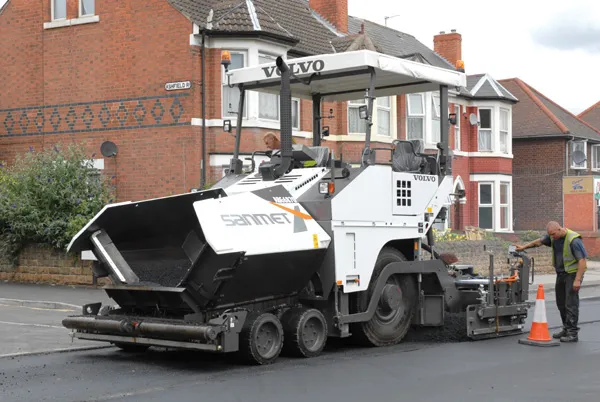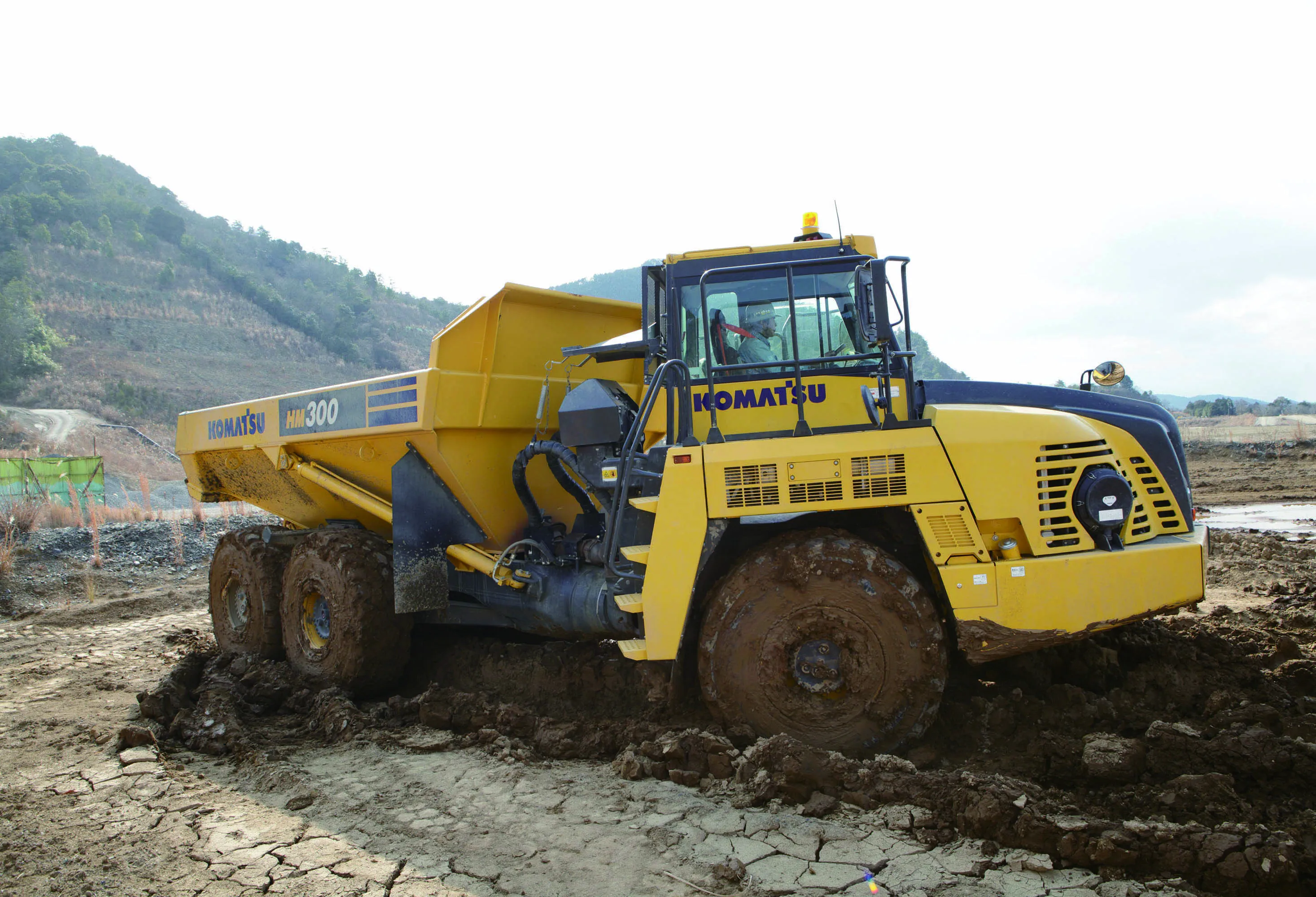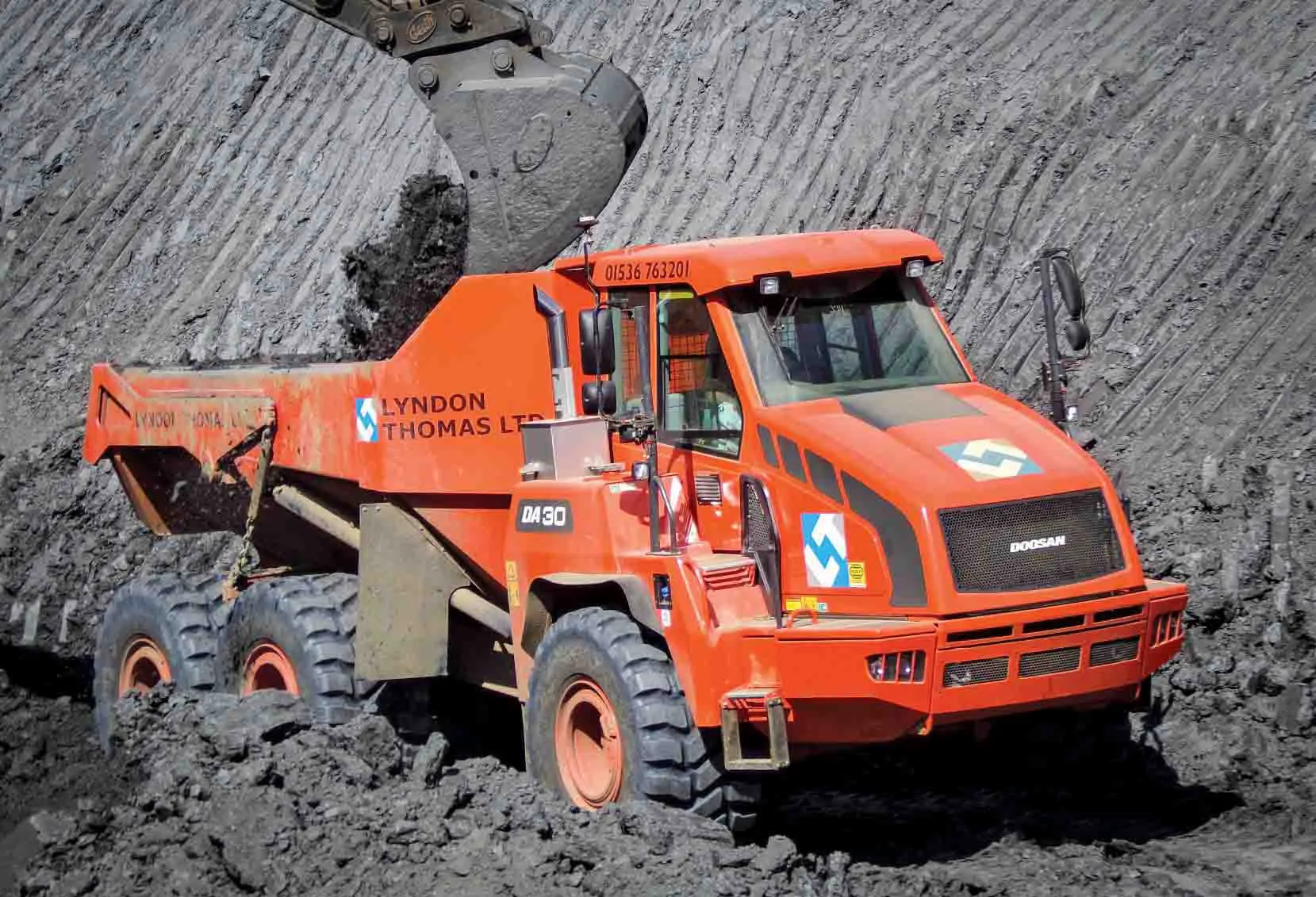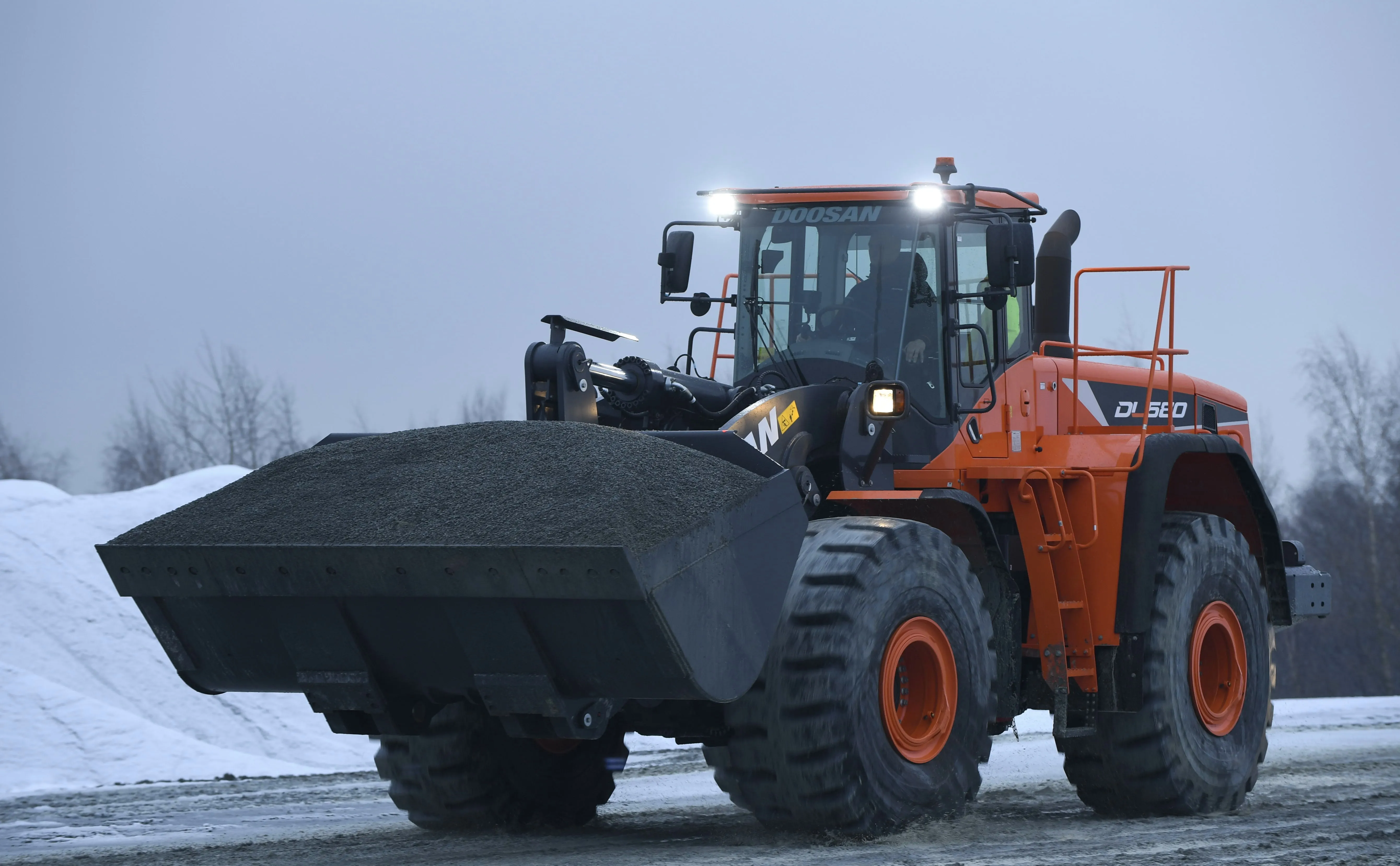A local authority-approved contractor specialising in the provision of quality finished asphalt and surfaces has taken delivery of its fourth ABG paver from Volvo.
February 7, 2012
Read time: 2 mins

A local authority-approved contractor specialising in the provision of quality finished asphalt and surfaces has taken delivery of its fourth ABG paver from 2394 Volvo.
2390 Sanmet, based at Tickhill near Doncaster, northern England, says that the new Volvo ABG6870 wheeled paver continues a nine-year association with the ABG product.
Volvo says the ABG6870 offers some significant improvements over its predecessor such as up to a 25% fuel saving and a 9dB(a) reduction in external noise levels, "an important point for the company that specialises in local authority, urban and private contracts working in close proximity to housing, shops and close-built communities." The wheeled paver is the first machine to feature continuous independent traction control over all six wheels, and is powered by a Tier III 122Kw engine, with the operator able to use the Smart Power setting to vary the power output depending on the conditions of the application.
"Even on the most difficult bases, tractive effort is automatically adjusted according to ground condition and the weight of material available in the machine's 12 tonne capacity hopper," says Volvo.
The ABG6870 has a variable screed width of between 2.5-5m in standard configuration but can be fitted with optional extensions to provide a width of 9m, and with an output potential of up to 700tonnes/hour, it can continuously pave up to 40m/minute. A normal layer thickness of 50mm at high speed is "easily achievable," although the ABG6870 can, for certain applications, lay up to maximum thickness of 300mm.
Volvo says the ABG6870 offers some significant improvements over its predecessor such as up to a 25% fuel saving and a 9dB(a) reduction in external noise levels, "an important point for the company that specialises in local authority, urban and private contracts working in close proximity to housing, shops and close-built communities." The wheeled paver is the first machine to feature continuous independent traction control over all six wheels, and is powered by a Tier III 122Kw engine, with the operator able to use the Smart Power setting to vary the power output depending on the conditions of the application.
"Even on the most difficult bases, tractive effort is automatically adjusted according to ground condition and the weight of material available in the machine's 12 tonne capacity hopper," says Volvo.
The ABG6870 has a variable screed width of between 2.5-5m in standard configuration but can be fitted with optional extensions to provide a width of 9m, and with an output potential of up to 700tonnes/hour, it can continuously pave up to 40m/minute. A normal layer thickness of 50mm at high speed is "easily achievable," although the ABG6870 can, for certain applications, lay up to maximum thickness of 300mm.








